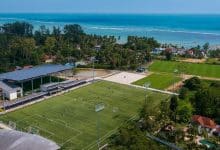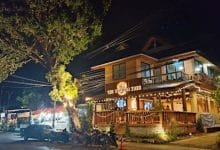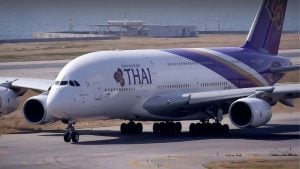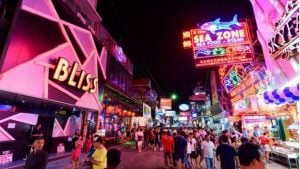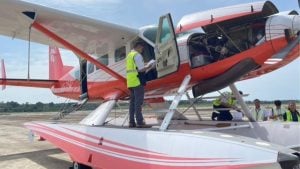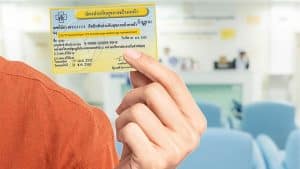Koh Samui’s tourism renaissance: An island reawakens
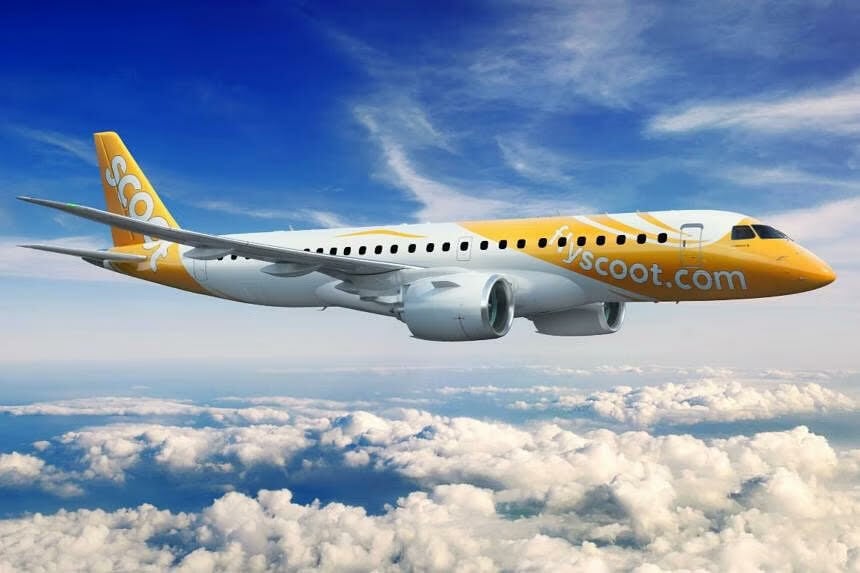
Koh Samui, Thailand’s renowned resort island, is experiencing a remarkable revival in tourism. The island has witnessed a 69% year-on-year increase in visitor numbers during the first four months of 2024, driven by an influx of domestic tourists, the opening of new international markets, and improved air connectivity.
In 2023, Samui hosted 3,541,821 visitors, a balanced mix of domestic and international travellers. This is a notable shift from the pre-COVID era, which saw a higher number of overseas tourists. The island’s accessibility—via planes, ferries, and automobiles—played a significant role, as many visitors arrived by ferry from the mainland.
The surge in domestic tourism has been crucial for the island’s recovery. The C9 Hotelworks Samui Hotel & Tourism Market Review documents that the number of registered hotel guests exceeded 2019 levels by 1.5 times. While airport arrivals reached 94% of pre-pandemic levels with 1,208,364 passengers, ferry arrivals made up the difference.
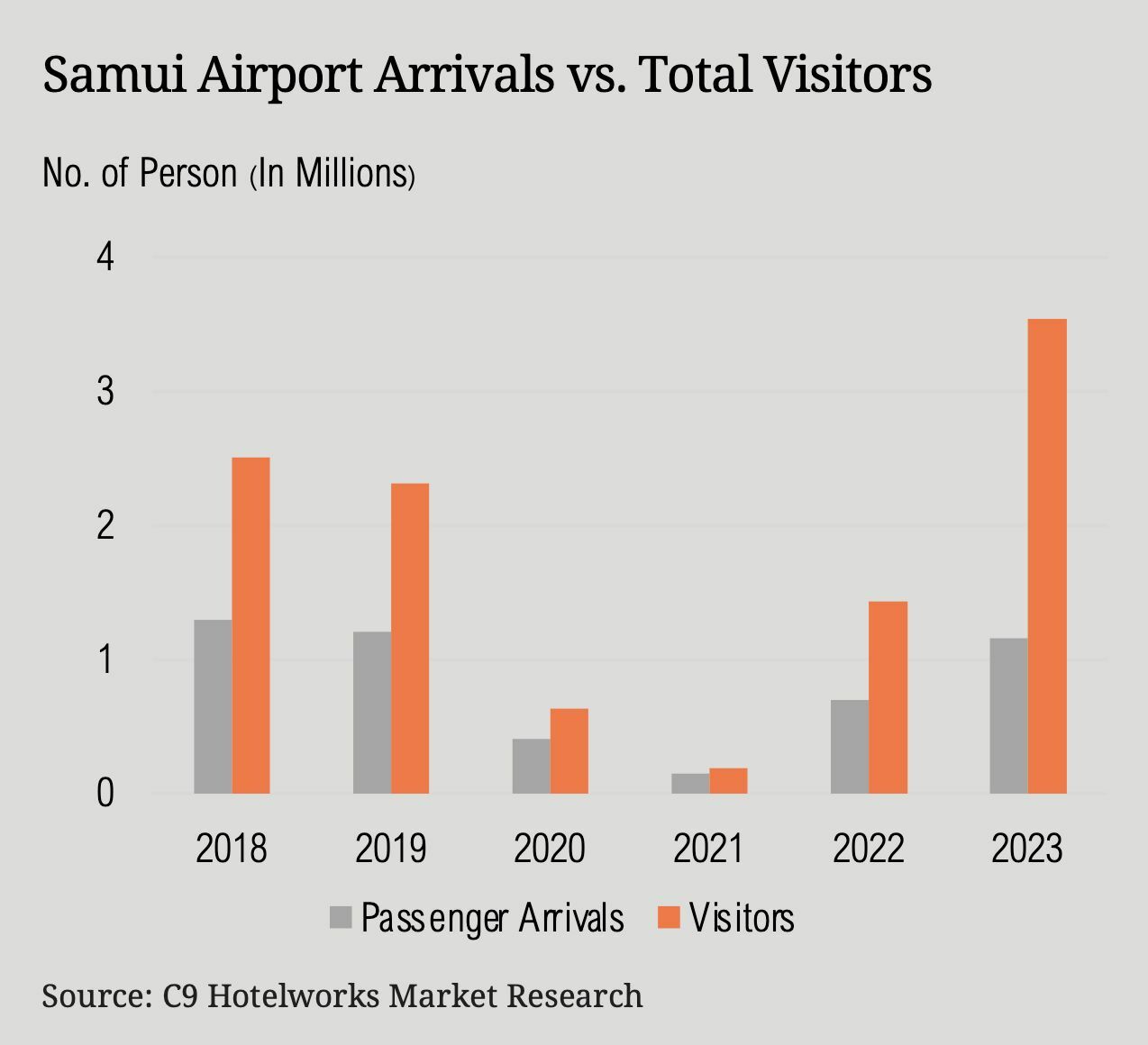
International tourism dynamics have also evolved. Chinese tourists, once a major market, now account for less than 4% of visitors. This gap has been filled by travellers from Europe, the US, and a resurgent Israeli market, resulting in longer stays on the island.
Koh Samui’s tourism was historically influenced by its limited access, primarily through Bangkok Airways, which led to higher travel costs. However, this exclusivity attracted affluent tourists, maintaining the island’s status as a premium beach destination.
Looking forward, Koh Samui’s tourism infrastructure is set to expand. Plans to upgrade Samui International Airport and develop a cruise terminal aim to increase visitor numbers. New flight routes, including those by Scoot Airlines from Singapore, are expected to attract more upscale regional travellers.
Since 2017, the island’s hotel supply has grown steadily, reaching 630 establishments with 24,107 keys by 2023. Most new properties are boutique-scale, concentrated in the northern region, particularly Bophut. Branded hotels account for 69% of the development pipeline.
Tourism peaks in Koh Samui during the high season, with visitor numbers 1.5 to 2 times higher than in the low season. International travellers typically visit during winter and summer holidays, while the domestic market peaks in August, with additional rises in February and April for the Lunar New Year and Songkran festivals.
The Thai government is positioning Samui as a luxury destination, with plans to build a cruise terminal through a public-private partnership. This initiative aims to attract high-end tourists and further differentiate the island from other resort areas in Thailand.
As 2024 progresses, Koh Samui is set to solidify its reputation as a premier luxury destination. This resurgence signals an exciting new chapter for the island, promising growth and a dynamic future in the global tourism landscape.
Latest Thailand News
Follow The Thaiger on Google News:
